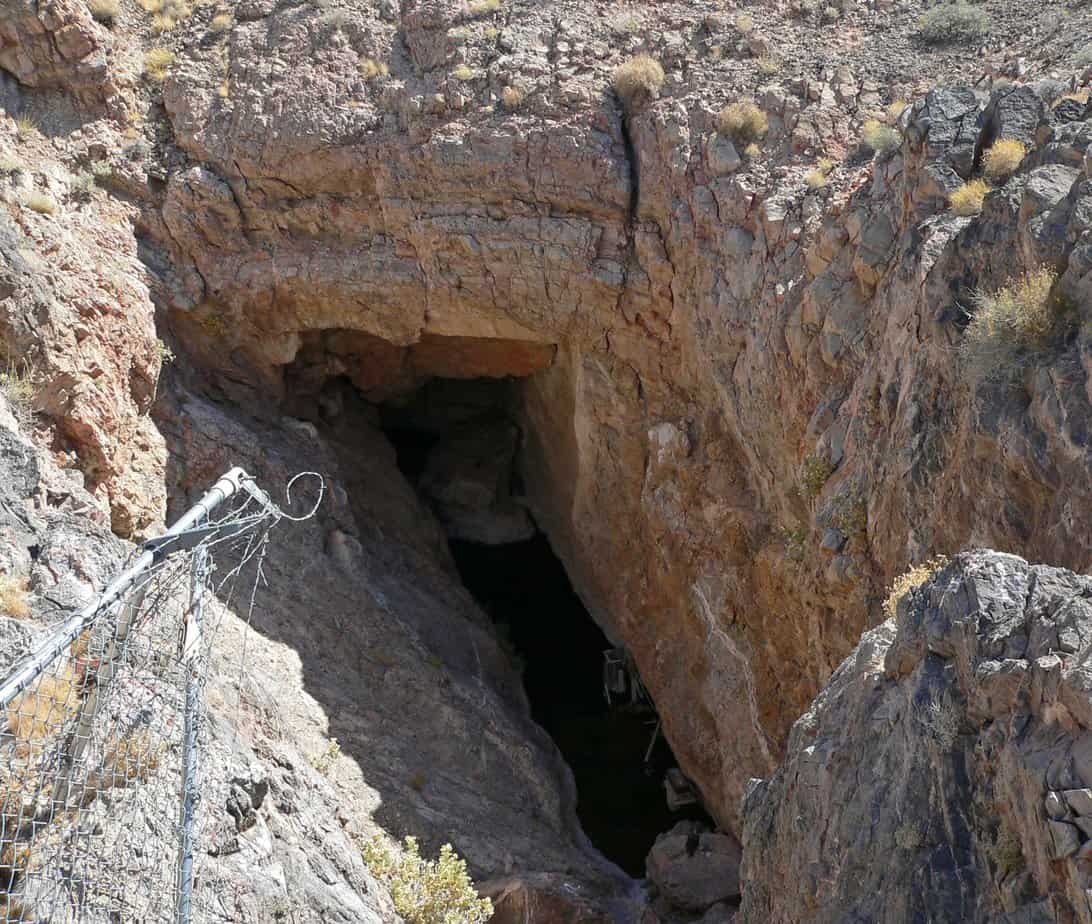Across the dusty plains of southwest lands,
An empty dish lies buried in the sands;
With taps turned off to nature’s moist supply,
As climates change the basin starts to dry.
Within the hellish bowels of holy caves,
Lie imprints of misplaced and ancient waves;
Our excavated past can tell us why,
As climates change the basin starts to dry.
Like fervent palmists looking for a sign,
We read the hidden script in every line;
Each chalky mark engraved on our mind’s eye,
As climates change the basin starts to dry.
This hidden past unmasks these local climes,
As interwoven with our global crimes;
These signals are not predisposed to lie,
As climates change the basin starts to dry.
And as these streaks begin to ebb and fade,
They underline the future we have made;
Repeated warnings start to pass us by,
As climates change the basin starts to dry.

This is a Kyrielle, inspired by recent research which has used rainfall patterns in the distant past to better understand how deserts in the southwest United States will be impacted by future climate change.
The Great Basin desert is located in the southwest United States, and covers an area of approximately 190,000 square miles. Bordered by the Sierra Nevada Range on the west and the Rocky Mountains on the east, the Columbia Plateau to the north and the Mojave and Sonoran deserts to the south, the Great Basin has undergone dramatic changes in its water availability over the last several hundred thousand years. Understanding the variables that have influenced this water availability is key to being able to better predict the long-term water trends in the region that might be brought about by current and future climate change.
The Devils Hole cave system is located in the south-central area of the Great Basin, and as groundwater passes through the caves, calcite precipitates layer by layer on the rock walls. The height of these ancient deposits can be used to determine how high the water table has been in the past, and can then be compared to other geological records to understand what has driven the availability of water in the region during these times. This new research has utilised a 350,000-year record of water table fluctuations in the caves to indicate a link between Great Basin moisture availability, global ice volume, and atmospheric concentrations of carbon dioxide. The findings provide reliable evidence to support long-term projections which indicate that there will be a continual drying of the Great Basin in response to future climate change.
Discover more from The Poetry of Science
Subscribe to get the latest posts sent to your email.